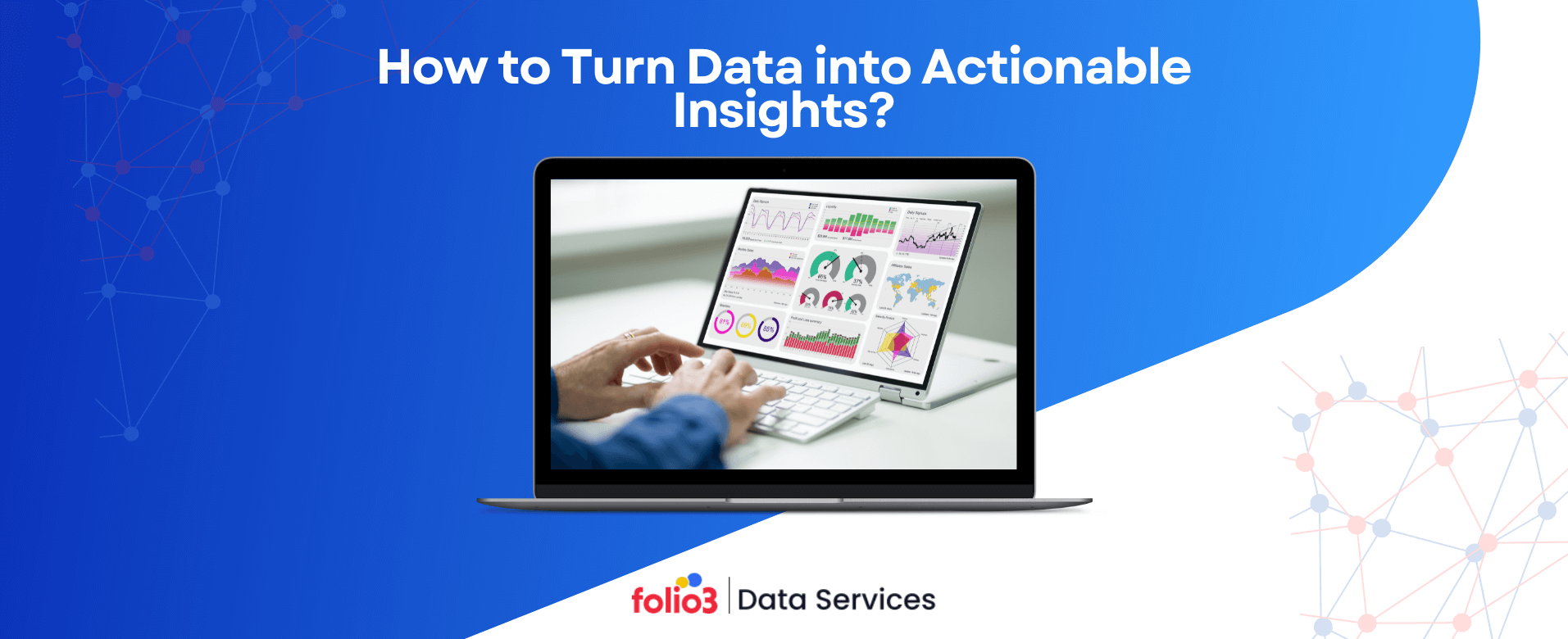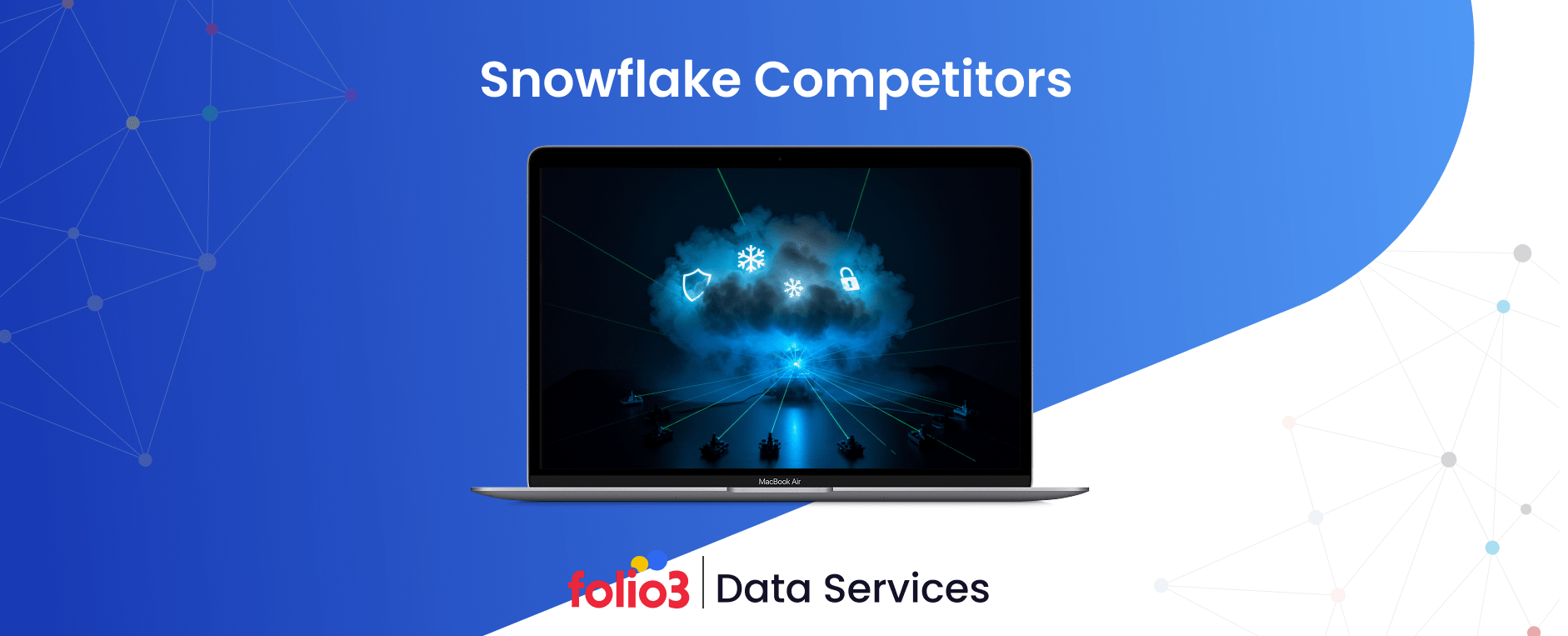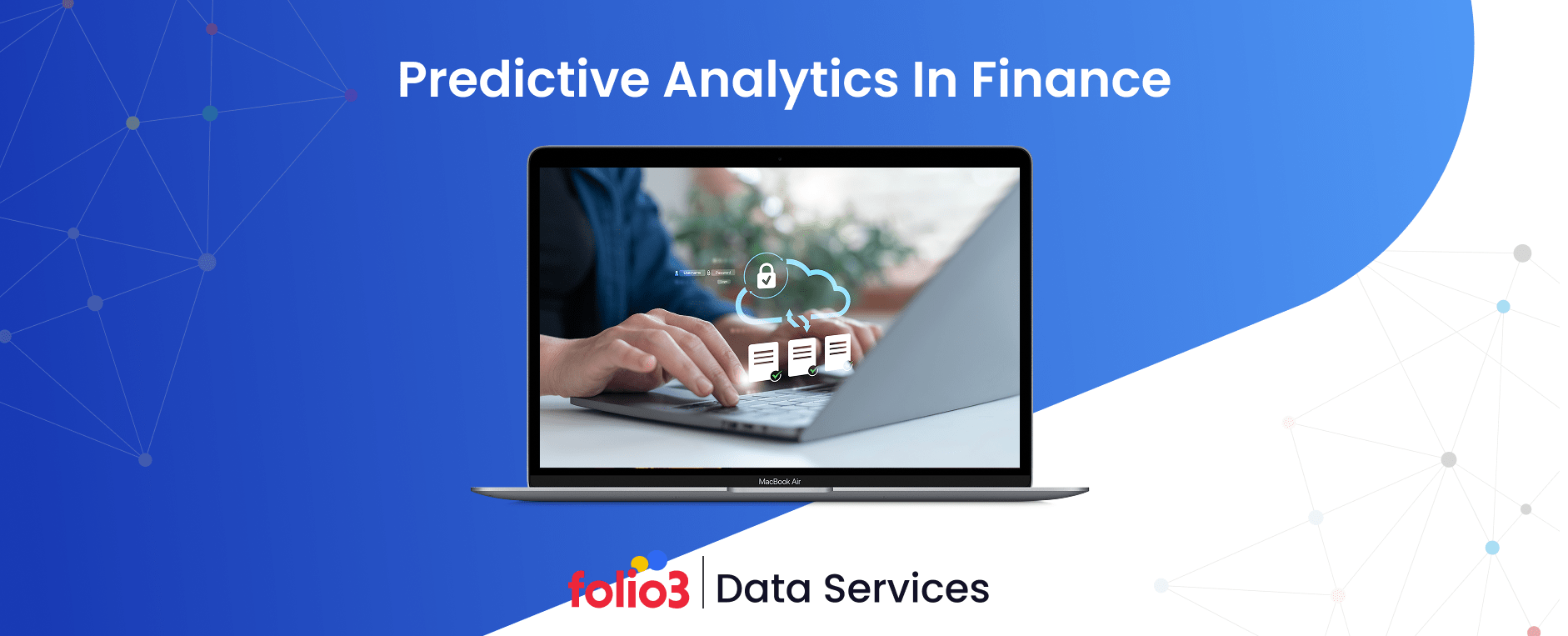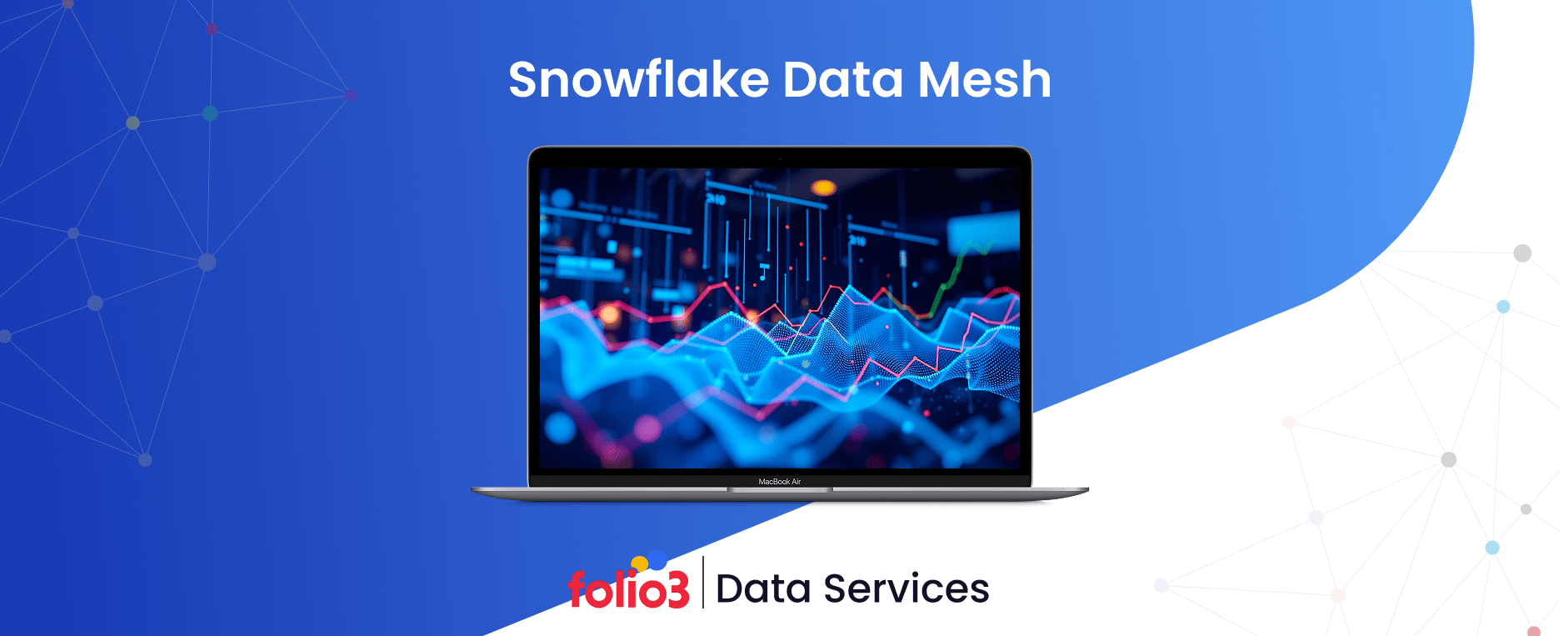Businesses are generating and collecting vast amounts of data. From customer interactions to operational processes, the volume of data is growing exponentially.
However, simply having access to large amounts of data isn’t enough. To gain a competitive edge, businesses must transform data into actionable insights that drive informed decision-making and strategic actions.
Data-driven decision-making is more critical than ever for businesses aiming to optimize performance, improve customer experience, and capitalize on emerging opportunities.
This blog will explore the steps in turning data into actionable insights and highlight the key tools and technologies businesses can leverage for this transformation.
What Are Actionable Insights?
Actionable insights are valuable conclusions from data analysis that can directly inform business decisions and lead to tangible outcomes. These insights go beyond surface-level observations, providing clear, strategic directions for businesses.
Unlike raw data, actionable insights are tied to specific business objectives and are presented in a manner that leads to informed impactful decisions.
For example, instead of merely identifying that customer churn has increased, an actionable insight would pinpoint the factors contributing to the churn and recommend steps to address the issue.
Actionable insights help businesses to take meaningful action, whether improving customer retention, optimizing operational efficiency, or entering new markets.
The Journey from Data to Insights
Turning raw data into actionable insights is a multi-step process that requires careful planning and execution. It’s not just about collecting data; it’s about transforming it into meaningful information that drives accurate business decisions.
This journey involves steps from identifying and gathering relevant data to analyzing it and deriving insights that can shape strategy. Each phase is crucial in ensuring the data’s quality, relevance, and usability.
Following a structured approach, businesses can unlock the full potential of their data and make more informed, impactful decisions:
1.1 Data Collection
The first step in turning data into actionable insights is gathering relevant data from multiple sources. Businesses must:
- Identify Relevant Data Sources: Whether it’s customer feedback, transactional data, or external market trends, selecting the right sources is key.
- Establish Data Pipelines: Ensure data flows seamlessly from collection points to storage.
- Ensure Data Quality: High-quality data is crucial for generating accurate insights. Implement processes to minimize errors, duplicates, and missing information.
Waiting too long for analytics? See how you can accelerate your insights!
1.2 Data Cleaning and Preparation
Before analyzing data, it must be cleaned and transformed:
- Data Cleansing Techniques: This involves removing inconsistencies, correcting errors, and handling missing values.
- Data Transformation: Convert raw data into a structured format suitable for analysis.
- Ensuring Data Governance: Establish protocols to manage data integrity, privacy, and security throughout its lifecycle.
1.3 Data Integration
Consolidating data from various sources into a single, unified model:
- Consolidating Data from Multiple Sources: Data integration from disparate CRM, ERP, and web analytics systems.
- Creating a Unified Data Model: A centralized model ensures all data is aligned and easily accessible for analysis.
1.4 Data Analysis and Interpretation
This is where data transforms into insights through advanced analysis:
- Exploratory Data Analysis (EDA): EDA allows businesses to summarize the main characteristics of the data and discover patterns or relationships.
- Advanced Analytical Techniques: Using statistical analysis, predictive modeling, and machine learning to extract meaningful insights from the data.
1.5 Data Visualization
Turning data into visuals that tell a compelling story:
- Choosing the Right Visualization: Bar charts, line graphs, heat maps, and other visual tools help convey insights effectively.
- Storytelling with Data: Presenting data in a narrative format ensures stakeholders understand the insights’ context, relevance, and impact.
1.6 Deriving Actionable Insights
Lastly, data must be translated into clear, actionable business insights:
- Connecting Insights to Business Objectives: Align insights with specific goals, such as increasing revenue, improving customer retention, or streamlining operations.
- Prioritizing Insights for Impact: Focus on insights with the highest business impact, ensuring that decisions are data-backed and aligned with strategic priorities.
How to Collect and Prepare Your Data?
Collecting and preparing data is the first and most critical step in turning data into actionable insights. This is especially true in DevOps, where decision-making relies heavily on data accuracy and timeliness. It is essential to gather the correct data and ensure it’s in a clean and usable format for further analysis.
Proper data collection and preparation can make or break your ability to derive meaningful insights that drive business growth. A clean dataset ensures your insights are accurate and reliable. Research from the Gartner Group states that poor data quality costs businesses an average of $15 million annually.
Here are some essential steps to collect and prepare your data effectively:
- Identify Relevant Data Sources: Focus on data that aligns with your business objectives. For example, e-commerce businesses can collect data from sales transactions and customer feedback.
- Establish Data Pipelines: Implement automated systems to gather data from various sources. This ensures a smooth flow of information and reduces manual errors. Tools like ETL (Extract, Transform, Load) processes can help streamline this.
- Maintain Data Quality: Conduct regular audits to ensure data accuracy, completeness, and consistency. High-quality data is the foundation of reliable insights.
- Data Cleaning and Standardization: Remove duplicates and standardize formats for easier comparison. Handling missing values is also essential, as incomplete data can lead to skewed results.
- Integrate Data from Multiple Sources: Combine data from different platforms for a unified view. This helps to gain comprehensive insights and make well-informed decisions. For example, organizations in the education sector increasingly rely on education data solutions to integrate data from student information systems, learning management platforms, and assessment tools, ensuring a holistic view of student performance and institutional effectiveness.
How to Conduct Data Analysis and Visualization?
The ability to conduct practical data analysis and visualization is critical for businesses that want to make informed decisions. Whether trying to understand past trends, predict future outcomes, or optimize current strategies, the right analytical methods and visualization tools can transform raw data into actionable insights.
With the right approach, data analysis and visualization can empower your business to make smarter, data-driven decisions. Let’s explore choosing the right analytical techniques, such as descriptive, predictive, and prescriptive analysis, and how to interpret and visualize data to extract meaningful patterns and trends.
Choosing the Right Analytical Methods
- Descriptive Analysis: Summarizes historical data to identify trends and patterns. It helps understand past performance and current conditions.
- Predictive Analysis: Uses historical data and statistical models to forecast future outcomes. Ideal for predicting trends and making data-driven predictions.
- Prescriptive Analysis suggests data-based actions, helping businesses make informed decisions. It is used for optimization and recommending the best course of action.
Techniques for Interpreting and Analyzing Data
- Exploratory Data Analysis (EDA): Uses statistical graphics, plots, and other tools to find patterns, relationships, or anomalies in the data.
- Regression Analysis: Identifies relationships between variables and can be used for prediction.
- Clustering: Groups data points based on similarities, helping identify patterns and segments within the data.
- Correlation Analysis: Measures the relationship between two variables, helping to understand dependencies.
- Visualization: To present data insights, use charts, graphs, and dashboards. Popular tools include Tableau, Power BI, and Python libraries like Matplotlib and Seaborn.
Key Technologies for Extracting Actionable Insights
Data drives decisions, and turning data into actionable insights requires the right tools and technologies. These technologies help businesses, especially in DevOps, quickly analyze, process, and make sense of vast amounts of data to improve performance, reduce costs, and drive growth.
Let’s take a closer look at the key technologies powering this process.
1. AI and Machine Learning
Artificial Intelligence (AI) and Machine Learning (ML) have become essential in extracting valuable insights from large datasets. These technologies can identify patterns and trends that might not be immediately visible to human analysts. AI and ML algorithms analyze historical data to predict future outcomes, helping DevOps teams make proactive decisions.
For instance, predictive maintenance powered by AI can forecast system failures before they happen, reducing downtime and costs. According to a report from PwC, 72% of business leaders agree that AI will offer a competitive advantage in the next few years. This shows the growing reliance on AI for actionable insights.
2. Business Intelligence (BI) Platforms
Business Intelligence platforms provide intuitive tools for analyzing and visualizing data, making it easier for decision-makers to understand complex datasets. With BI platforms, DevOps teams can monitor application performance, identify bottlenecks, and gain real-time insights into user behavior.
These platforms typically integrate with other systems and tools to centralize data, making it easy to track key metrics. For instance, BI tools like Tableau or Power BI allow teams to visualize trends, uncover hidden insights, and spot opportunities for improvement.
Many organizations engage tableau implementation services to ensure dashboards are correctly configured, tailored to their workflows, and deliver maximum value. A recent survey found that 77% of organizations use BI tools to turn data into actionable insights, highlighting their importance in decision-making.
3. Data Warehousing and Cloud Solutions
Data warehousing and cloud solutions are foundational for managing and storing vast data. In DevOps, cloud-based data warehouses, like Amazon Redshift or Google BigQuery, allow teams to store, retrieve, and analyze data at scale. Cloud solutions also offer the flexibility to scale up or down depending on business needs, making it easier to handle fluctuating data volumes.
As businesses generate more data, these technologies ensure that data is stored securely, and insights can be retrieved quickly without delays. The global data warehouse market is expected to grow by 16% annually, indicating the increasing adoption of these technologies for efficient data processing and insight generation.
4. IoT and Real-Time Analytics
The Internet of Things (IoT) is critical in turning data into actionable insights, especially for industries like DevOps. IoT devices generate real-time data that can be used to monitor systems, track performance, and optimize operations. Real-time analytics enable DevOps teams to process this data instantaneously, allowing immediate action.
For example, IoT sensors can monitor server health, system performance, or environmental conditions in real-time, helping businesses detect issues before they escalate. According to Statista, the number of connected IoT devices worldwide is expected to reach over 30 billion by 2025, reinforcing the importance of real-time data in decision-making.
5. Data Engineering Consulting
Data engineering consultants assist businesses in building robust data pipelines, ensuring the infrastructure supports real-time analytics and high-quality data delivery.
6. Data Strategy Consultancy
Consulting firms specializing in data strategy help businesses align their data management efforts with business goals, ensuring they can effectively turn data into actionable insights.
7. Snowflake Consulting
Snowflake offers a cloud-native platform for handling large datasets. Snowflake consultants help businesses optimize their use of the platform for analytics, ensuring seamless data integration and real-time insights.
Drive Smarter Decisions with Folio3 Analytics
Folio3 helps businesses turn data into meaningful insights that drive smarter decisions and improve operational performance. By combining expertise with robust analytics processes, organizations can extract actionable insights from both historical and real-time data. Discover our data analytics services to see how we empower companies to optimize strategies, enhance customer experiences, and achieve measurable results.
Key Offerings from Folio3:
- Data Collection and Integration – Consolidate data from multiple sources for a unified view.
- Data Cleaning and Preparation – Ensure data quality and consistency for reliable insights.
- Advanced Data Analysis – Identify patterns, trends, and correlations to guide business decisions.
- Data Visualization – Present insights in dashboards and reports for easy interpretation.
- Predictive and Trend Analysis – Forecast outcomes to plan proactively and minimize risks.
FAQs
How can data be converted into actionable insights?
Data must undergo a structured process that includes collection, cleaning, analysis, and visualization to extract insights that can directly influence decision-making.
How can data be translated into actionable business insights?
Businesses can transform raw data into actionable insights that drive measurable outcomes by aligning data analysis with business goals and using tools like BI platforms.
How do you generate actionable insights?
Actionable insights are generated through data analysis techniques such as exploratory analysis, machine learning, and visualization. The insights must be relevant, timely, and aligned with business objectives to drive action.
Final Words
Turning data into actionable insights is now optional but necessary for businesses to thrive in today’s digital economy. With the right data tools, technologies, and strategy, companies can transform raw data into valuable insights that drive growth, enhance customer satisfaction, and optimize operations.
Folio3 Data experts can help you make the most of this data-driven approach that will unlock new opportunities and keep businesses ahead of the curve.





